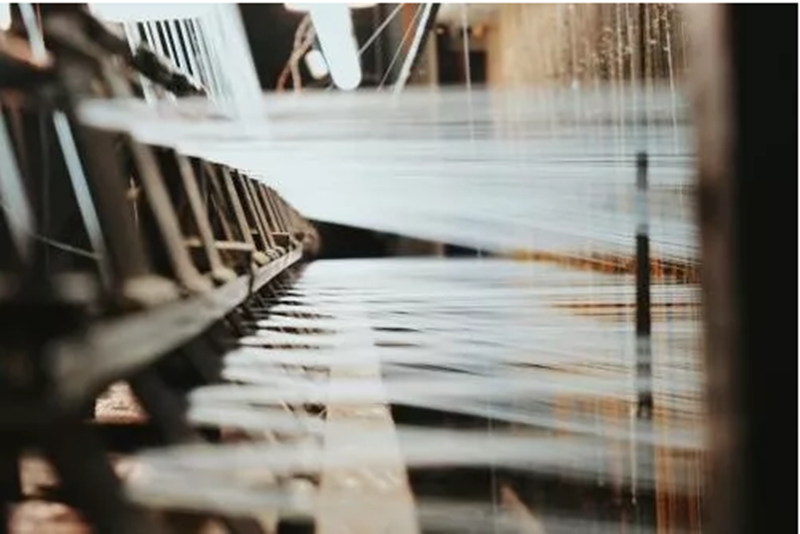How to prevent the filaments from breaking?
2020-09-04
Why is it that the filaments are prone to filament breakage? How to prevent the filaments from breaking?

In the weaving process, nylon, polyester and other synthetic filaments are easy to form a piece of wool near the heald frame and the steel shovel. Often, dozens of single fibers in a multifilament are only broken, while other fiber images are The knife cuts like a broken piece. In severe cases, several multifilaments are "cut" together to form a piece of wool, and a broken end is produced.
The main reason for this phenomenon is that the raw material characteristics of synthetic fibers are high tensile strength and low shear strength. When the filaments produced on one thread are twisted on the other thread, the filaments are not easily broken due to the large extension strength during the separation of the two filaments, but the twisted fibers are sheared. The strength is low and is "cut". In particular, there is no silk or low twisted silk, the fibers are poorly cohesive, the monofilament is easily "cut", and the sheared fiber twists other fibers, thus "cutting" more single fibers. If not treated in time, it will accumulate. Into a piece of wool.
In order to prevent the yarn from being broken, it is necessary to prevent the yarn from being produced in the preparation process. Specifically, the following requirements are required:
(1) Strictly control the processing tension of the thread. Under the premise of good forming, the processing tension of the thread is slightly smaller. The tension gauge can be used to measure the tension and control within the scope of the process. If there is no tension. For the measuring instrument, press the threaded tube with the finger to make it easier to leave a finger print. If the tension is too large, the thread will retract due to the loss of tension after processing, and the wall of the tube will prevent its retraction. Single fiber "cracking" phenomenon that is difficult to find.
(2) The yarn guide should be smooth and wear-resistant, and high-performance ceramic materials that are not easy to generate static electricity should be selected to avoid the abrasion of fibers during processing.
(3) Under the premise of not sticking, the film is better to form a film, and it must withstand the friction of the heald and the caries to avoid the generation of wool.
(4) Appropriately increase the number of heald frames during weaving. According to the actual experience of production, if the density of the healds is greater than 8/cm, it is likely that wool will be generated due to friction between the wires and the healds, wires and threads. If the number of heald frames is increased or double steel bars are used, the density of the warp yarns can be reduced to prevent the generation of wool. It is also necessary to change the heald frame regularly to prevent the warp from being "splintered" due to the roughness of the heald.
(5) The weaving workshop should maintain a certain temperature and humidity to prevent the increase of the filament due to the static electricity generated by the drying of the workshop.
If you need polyester filament yarn meaning (or recycled polyester yarn / can be twisting), please contac us, thank you.

 English
English 한국어
한국어 বাংলা ভাষার
বাংলা ভাষার हिन्दी
हिन्दी Türkçe
Türkçe русский
русский




